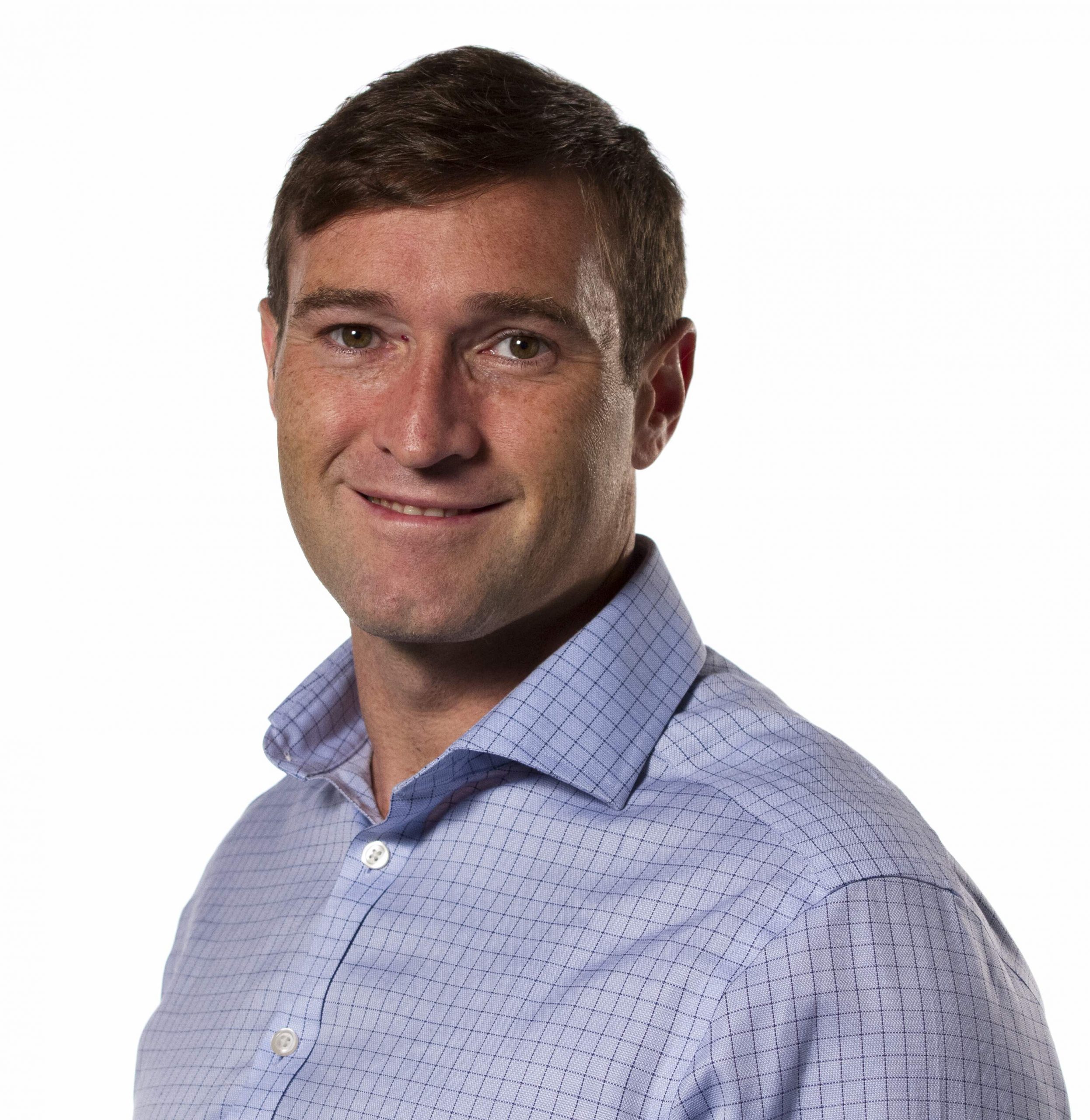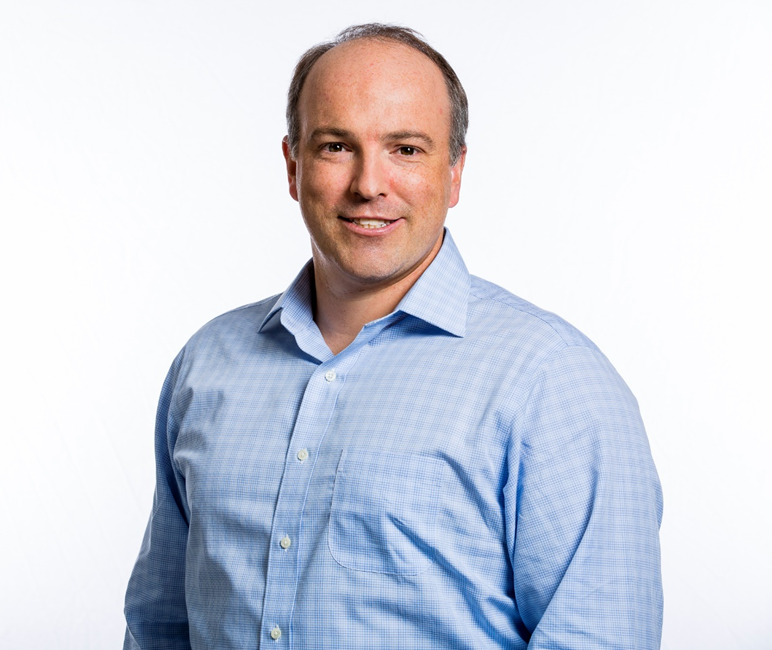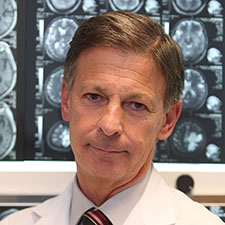The ICNR2024 program will be composed of regular, special and poster sessions, and workshops. Furthermore, plenary lectures will be given by well-known scientists in the field of neurorehabilitation. The program will aim at enriching the knowledge of the participants, widening their point of view on specific topics related to neurorehabilitation, and getting in closer contact with experts in this field.
Please subscribe to our ICNR mailing list to be alerted!

Research Director
INRIA
Montpellier, France
Title: Restoring Grasping Functions via Epineural Electrical Stimulation: A Journey from Conceptualization to Near-Future Solution Availability for Individuals with Tetraplegia
Abstract. Assisting individuals with impaired upper limb movement due to sensory-motor deficiencies presents significant scientific and technical hurdles in terms of providing practical daily solutions that enhance independence and quality of life of users. Functional Electrical Stimulation (FES) stands as a promising avenue. Within our research team, we have explored for twenty years various approaches to develop FES for rehabilitating paralyzed upper limbs in everyday tasks, spanning from surface stimulation to implanted stimulation, as well as hybrid methods combining FES and mechanical orthoses.
In the recently initiated European project AI-Hand, we aim to integrate some of these prior findings to deliver an innovative solution for individuals with complete tetraplegia. This presentation will detail the origin and progress of the AI-HAND project, which entails implanting epineural electrodes around upper limb nerves to restore grasping capabilities. Four individuals with arm paralysis have participated in testing an interim version, with efforts currently underway to develop a complete implant together with our partners.
Short Biosketch. Dr. Christine Azevedo-Coste serves as a Research Director at INRIA, University of Montpellier, France. She earned her engineer degree in automatic control from Polytech Marseille, France, in 1997, and completed her Ph.D. in robotics and automatic control at the National Polytechnic Institute of Grenoble in 2002. Since 2004, Dr. Azevedo-Coste has been actively engaged as a Researcher at INRIA. She leads the CAMIN Research Team in Montpellier, France, focusing on assistive technologies. Her research interests encompass movement control, functional rehabilitation, and assistive devices, with a primary emphasis on functional electrical stimulation (FES).

Physician-Scientist at the Center for Bionic Medicine
Shirley Ryan AbilityLab
Northwestern University
Chicago, IL USA
Title: Foundation Models for Gait Analysis to Power Precision Rehabilitation
Abstract. Wider access to gait analysis in becoming much more feasible due to both technological and methodological advances. High-performance differentiable biomechanical models allow integrating biomechanics tightly into modern machine learning pipelines. This enables end-to-end optimization of biomechanical trajectories in both multiview and single-camera markerless motion capture system along with skeleton scaling, which both outperforms multistage approaches and allows us to joint compute confidence estimates over trajectories. This allows us to collect gait data in clinical settings at unprecedented scales. This enables us to use self-supervised learning to discover gait representation that capture clinically meaningful information and to begin training multi-modal, multi-task foundation models for gait analysis to further improve our understanding of gait in the wild. Finally, we will discuss a causal framework for precision rehabilitation, designed to link these now-accessible measures of gait and movement impairments to long term outcomes at the ICF level of activity and participation and identify the optimal dynamic treatment regime to maximize long-term function.
Short Biosketch. I am an electrical engineer, neuroscientist, and physiatrist working as a physician-scientist at Shirley Ryan AbilityLab and Assistant Professor in the Northwestern University Department of Physical Medicine and Rehabilitation. I completed my residency in PM&R at Shirley Ryan AbilityLab (formers Rehabilitation Institute of Chicago) where I remained as faculty. Prior to that I obtained a B.S. in Electrical Engineering from Rice University followed by an MD and PhD in systems neuroscience from Baylor College of Medicine.
My lab works at the intersection of artificial intelligence, wearable sensors, computer vision, causal and biomechanical modeling, and novel technologies to more precisely monitor and improve rehabilitation outcomes. In particular, we focus on methods that can be easily translated and disseminated at scale into the clinic or real world. To enable this, we developed a wearable sensor and smartphone-based platform as well as a multicamera markerless motion capture system, both of which make it easy to acquire precise measurements of movement in clinical sesttings. Applications of this platform currently being tested include gamified electromyographic biofeedback using electromyography acquired from wearable sensors to improve muscle activation after SCI, and video- and sensor-based gait analysis from data acquired using a smartphone in clinic to enable precision rehabilitation interventions.

Director and Scientific Chair of the Regenstein Center for Bionic Medicine
Shirley Ryan AbilityLab
Chicago, IL USA
Title: The Struggle is Real: Development and Translation of Bionic Limb Technology
Abstract. Amputation is a leading cause of disability, and prosthetic devices are commonly accepted treatment options to restore functional capabilities. However, current prosthetic devices still cannot fully match the functionality of their natural counterparts. This talk focuses on the progress made in the development and control of bionic limbs for individuals with limb loss. The first portion of the talk provides an overview of the development and commercialization of pattern recognition control systems for prosthetic arms. A significant emphasis of this work has been on evaluation based on real user feedback, ensuring that the developed technologies meet the actual needs and preferences of end users. The second portion focuses on the application of these approaches to controlling powered leg prostheses, highlighting the different challenges presented by the two applications. Finally, I will discuss ongoing work to incorporate connected health systems with advanced machine learning approaches to address some of the remaining challenges, with continued focus on user feedback to refine and improve bionic limb technologies.
Short Biosketch. Levi J. Hargrove, PhD, P.Eng, earned his MScE and PhD in Electrical Engineering from the University of New Brunswick in 2005 and 2008, respectively. He is currently the Director and Scientific Chair of the Center for Bionic Medicine at the Shirley Ryan AbilityLab and an Associate Professor in the Departments of Physical Medicine & Rehabilitation and the McCormick School of Engineering at Northwestern University.
As a leading figure in the prosthetics industry, Dr. Hargrove oversees a research portfolio valued at approximately $25USD, which encompasses cutting-edge projects aimed at developing clinically-realizable myoelectric control systems for individuals with limb loss. With over 200 peer-reviewed articles published in prestigious journals such as the Journal of the American Medical Association and the New England Journal of Medicine, Dr. Hargrove is widely regarded as a respected thought leader in the field.
Dr. Hargrove’s key projects include developing advanced and adaptive control systems for bionic legs, improving the control of robotic hand prostheses, and evaluating intramuscular EMG signals collected using biocompatible implants. In 2012, he co-founded Coapt, a company that translates machine-learning-based prosthetic limb controllers. The company has sold over a thousand systems to amputees worldwide, helping them regain their independence and improve their quality of life.

Neuroscience Center (CINCAC)
Madrid, Spain
Title: Symptomatic vs curative therapies in neurological disorders – An outstanding challenge for neurosciences
Short Biosketch. Dr. Obeso graduated in Medicine and also obtained his PhD at the University of Navarra, specializing in neurology and neurophysiology in 1976-1979. He was trained as a neurologist and collaborative researcher in Parkinson’s disease and Movement Disorders with Professor C. David Marsden at the Institute of Psychiatry and Kings College Hospital, London (United Kingdom) during 1980 and 1981. He has developed much of his career at the University of Navarra but in 2014 moved to south Madrid to lead CINAC, Center for Integrative Neurosciences, located at the Puerta del Sur hospital (Móstoles) as part of HM Hospitals group.
He heads one of the most significant laboratories in the world on the pathogenesis and treatment of Parkinson’s disease (PD), recently focused on the origin of cell’s vulnerability. For years, he has worked with experimental models of PD to understand various aspects of the pathophysiology of the basal ganglia. Currently, his team is mainly dedicated to define the factors that determine selective neuronal death in the ventro-lateral region of the substantia nigra pars compacta, as well as developing new therapeutic approaches, among which focused ultrasound and the controlled opening of the blood-brain barrier arise as an effective tool to supply neurorestorative molecules in Parkinson’s disease and other movement disorders.
In the past, Dr. Obeso pioneered (along with Tom Chase and Fabriccio Stochi) the development of the concept of “continuous dopaminergic stimulation” for Parkinson’s Disease. He has defined the mechanisms associated with myoclonus, tics and dystonia and he played a significant role in revitalizing surgical treatments for Parkinson’s Disease in the 1990s. He has been editor-in-chief of the Movement Disorders Journal, the leading publication in the field of Parkinson’s disease and movement disorders, since 2010 until 2020.
Dr. Obeso has published more than 350 articles on the pathophysiology of basal ganglia and dyskinesias, therapeutic advances in Parkinson’s disease, mechanisms of surgical treatment, and, more recently, the action of focused ultrasound on the basal ganglia. He has published in journals of the greatest importance and high impact such as The Lancet and New England Journal of Medicine, Lancet Neurology, Nature Medicine and, particularly in neurology/neuroscience, journals such as Annals of Neurology, Brain, Trends in Neuroscience, etc. His current H index is 87 (Google Scholar, 113). He has participated as a guest in more than 450 national and international conferences and he has organized more than 60 congresses, including more recently (2020) the Marsden Lecture at the European Academy of Neurology. In 2017, he was elected to occupy the chair (#48) of Neurology at the Royal National Academy of Medicine of Spain.

Professor of Bioengineering
Department of Electronics, Information and Bioengineering
NEARLab – Neuroengineering and Medical Robotics Laboratory
We-Cobot – Wearable Collaborative Robotics – Interdepartmental Laboratory
Politecnico di Milano
Milan, Italy
Title:Advancements and Implementation Challenges of Robotics and FES in Neurorehabilitation
Short Biosketch. Alessandra Pedrocchi (MSC in Electronics Eng.; PhD in Bioeng) is currently full professor at the Department of Electronics, Computer Science, and Bioengineering of the Politecnico di Milano, where she teaches Neuroengineering and Biomedical Instrumentation and contributes to the Medical Device Regulation class for PhD students.
She is one of the founders of the Nearlab, the NeuroEngineering And Medical Robotics lab, where, she has overseen the Neuroengineering section (www.nearlab.polimi.it). Since 2019 she has been one of the founders of the interdepartmental laboratory “WE-COBOT LAB Wearable and collaborative robotics Laboratory”.
Alessandra’s research interest is neuroengineering, including biomechanics in motor control, new technologies for neurorehabilitation, with particular emphasis on exoskeletons, Functional Electrical Stimulation, and the study of the correlation between brain plasticity and functional recovery, computational neuroscience, and eXplainability of Artificial Intelligence (XAI) in Medicine.
She has coordinated various research projects funded by national private foundations (Fnd. Cariplo and Fnd. Telethon), European Commission (H2020; Horizon Europe), NIH, national ministry of research (MUR), and Regione Lombardia, and in collaboration with INAIL.
She is director of the POLIMI international master on “RehabTech: Technologies for innovation in Rehabilitation Medicine and for assistance” (www.rehabtech.polimi.it).
She is one of the founders, participates on the executive board, and holds shares of Agade srl (www.agade.eu) and AllyArm srl, which are start-up companies working in the field of exoskeletons for industrial applications and biomedical applications, respectively.
Professor for Assistive Neurotechnology
Head of the Experimental Neurorehabilitation Section
Spinal Cord Injury Center
Heidelberg University Hospital
Heidelberg, Germany
Title: Neurotechnology versus user needs – A perfect match?
Abstract. A spinal cord injury (SCI) leads to paralysis of lower and in people with cervical SCI also upper extremities. Although recent studies on neuroregeneration of damaged spinal axons show promising results in people with incomplete SCI, neurorehabilitative approaches based on assistive (neuro)technology (AT) are and continue to be an important part of motor rehabilitation. In incomplete SCI, robotic exoskeletons provide the training intensity necessary for neuroplastic changes. Spinal cord stimulation holds promise to boost the outcomes beyond the current limits. A complete loss of function particularly of the upper extremity can be compensated by neuroprostheses based on functional electrical stimulation.
For successful application of innovative AT, its individualization to the needs and priorities of end-users is necessary. AT solutions have to prove their usability and meaningfulness in everyday settings, for which early tests with end-users are mandatory. However, the current legal constraints introduced with the European Medial Device Regulation represent a major barrier for systematically collecting feedback from clinical- and end-users participating in pilot experiments and evaluations.
Short Biosktech. Prof. Dr.-Ing. Rüdiger Rupp received the Dipl.-Ing. degree in electrical engineering with focus on biomedical engineering and his Dr.-Ing. degree from the Technical University of Karlsruhe, Germany, in 1994 and 2008, respectively. He received his venia legendi in 2018 in Experimental Neurology from Heidelberg University and since 2021 he has a professorship for Assistive Neurotechnology at Heidelberg University.
After working at the Institute for Biomedical Engineering and Biocybernetics (Prof. G. Vossius) until 1996, since 1997 he is with the Spinal Cord Injury Center (Head: Prof. N. Weidner) of Heidelberg University Hospital, Heidelberg, Germany, where he holds the position as the head of the section Experimental Neurorehabilitation.
His main research interests are in the field of rehabilitation engineering for people living with spinal cord injury. This includes neuroprosthetics mainly of the upper extremity, man-machine interfaces, gait analysis, development and clinical validation of novel methods and devices for locomotion therapy and realization of software projects for standardized documentation of rehabilitation outcome.
He is author of more than 320 journal, book chapter, textbook and conference publications and holds two patents. He has been awarded several times for his work and is a member of IEEE, IFESS, VDE, DMGP, DGOOC, NervClub, ISCoS and ASIA. Since 2017, he is chair of the ASIA International Standards Committee. He is member of the Board of Directors of ASIA and DSQ and president-elect of the DMGP.

